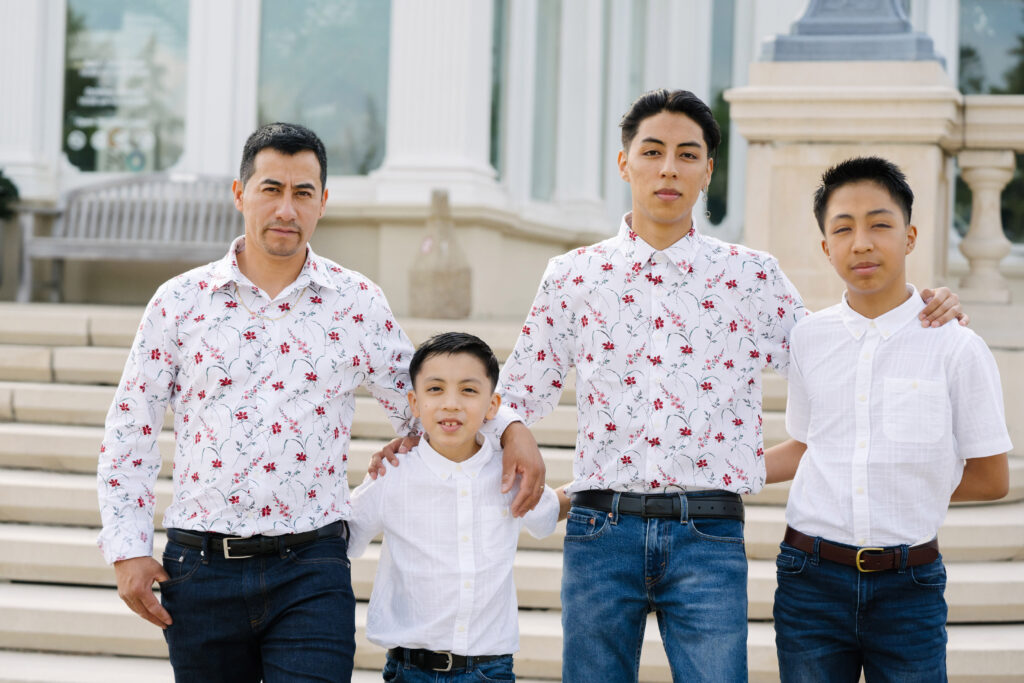Is this abuse?
Abuse happens everywhere
Abuse happens across every culture, age, race, nationality, and socio-economic level. It happens in all types of relationships, including among family members, straight couples, and LGBTQ relationships.
- Are you frightened by your partner’s temper?
- Are you afraid to disagree?
- Do you have to justify everything you do, every place you go, or every person you see to avoid someone’s anger?
- Does your partner put you down and then tell you that they love you?
- Do you stay away from friends or family because your partner will be jealous?
- Have you been forced into having sex when you didn’t want to?
- Are you afraid to break up because others have threatened to hurt you or themselves?
- Does your partner hurt you?
- Do you feel intimidated or controlled by your partner’s or your own extended family?
- Does someone withhold medication that you need to stay healthy?
If you answered “yes” to any of these questions, you might be suffering abuse.
Warning signs
Anyone can choose to use violence. Although both men and women can be abusive, a high percentage are men. Those who use violence often refuse to accept responsibility for the abuse and attempt to rationalize or blame the other person or people for causing it.
- Signs of Potential Danger
- Jealousy: of your friends, family, co-workers—any other relationship you may have.
- Violent behavior: fights at parties, on the street, or in bars.
- Controlling behavior: monopolizing your time; not allowing you to make decisions about your clothes, how to wear your hair, spending money, or looking for a job.
-
Verbal abuse: calling you hurtful and harmful names; putting you down either in private or in public.
Mood swings: a personality that is “up and down.” You don’t know what suddenly will make them mad.
They may be happy one minute and angry the next minute. - Isolation: from friends, family, neighbors. You fear that if you say “hello” to a friend, they will get jealous and angry.
- Blaming: those who use abuse blame you and/or others for their problems, for example, losing a job. Unrealistic expectations: an abusive person can be overcritical. They may expect you to be the perfect partner, lover, or friend.
- Hypersensitivity: those using abuse often are easily insulted or hurt.
- Family history: individuals using violence may have seen domestic violence in their own families. They may have been raised believing that domestic violence is a normal behavior.
- Sexist attitude toward the opposite gender: people who use violence often believe in strict gender roles. They can insisit that it is a woman’s job to care for the home and her partner.
- Threats of violence: any threat or physical force that is used to control you—including the threat of suicide.
Domestic violence
can take many forms…
- Psychological or emotional abuse (threats, insults, and put downs)
- Physical abuse (hitting, kicking, punching, choking)
- Economic abuse (controlling the money, taking your paycheck, stalking or harassing you at your job, or getting you in trouble with your boss)
- Sexual abuse (forcing sex or sexual acts, or forcing you to watch sex acts)
- Intimidation (threatening to take away children or kick you out of the house, throwing things or punching walls, harming pets, threatening to harm children, loved ones or prized possessions abroad)
- In-person or long-distance (face-to-face, via phone, text, social media, email etc.)


Domestic violence
can occur between family members or persons involved in a relationship, such as:
- A husband and wife
- An unmarried couple — including youth who are in a relationship
- A gay, lesbian, bisexual, or transgender couple
- An adult child and elderly parent
- An individual and extended family
Myths and facts
There are many myths about domestic violence that perpetuate a distorted view about its nature and causes. The following examples are part of a list that we created to prompt people to examine their beliefs and provide them with accurate information. See the full list of Myths & Facts (PDF).
Individuals who use abuse are not angrier than the rest of us. They use anger as an excuse and justification for their behavior. We all experience anger, but many of us don’t express it by abusing others.
Abusive behavior is not loss of control; it is the exertion of power and control of one partner over the other.
Domestic violence touches every demographic group — regardless of race, ethnicity, socio-economic status, class, sexual orientation, occupation, or education.
Drugs and alcohol can increase the danger level and are present in at least 50% of domestic violence cases. However, many alcoholics or drug users do not use violence, and many who use violence do not use drugs and alcohol. Those who both use violence and drugs or alcohol have separate issues to confront if they want help — their addiction and their abusive behavior. Each problem must be addressed independently.
People with mental health problems are not more violent than the general populations. So many people with mental illnesses do not abuse others, and many who do abuse others do not have mental illnesses. Those who both use violence and have mental health issues have separate problems to confront that should be addressed independently.